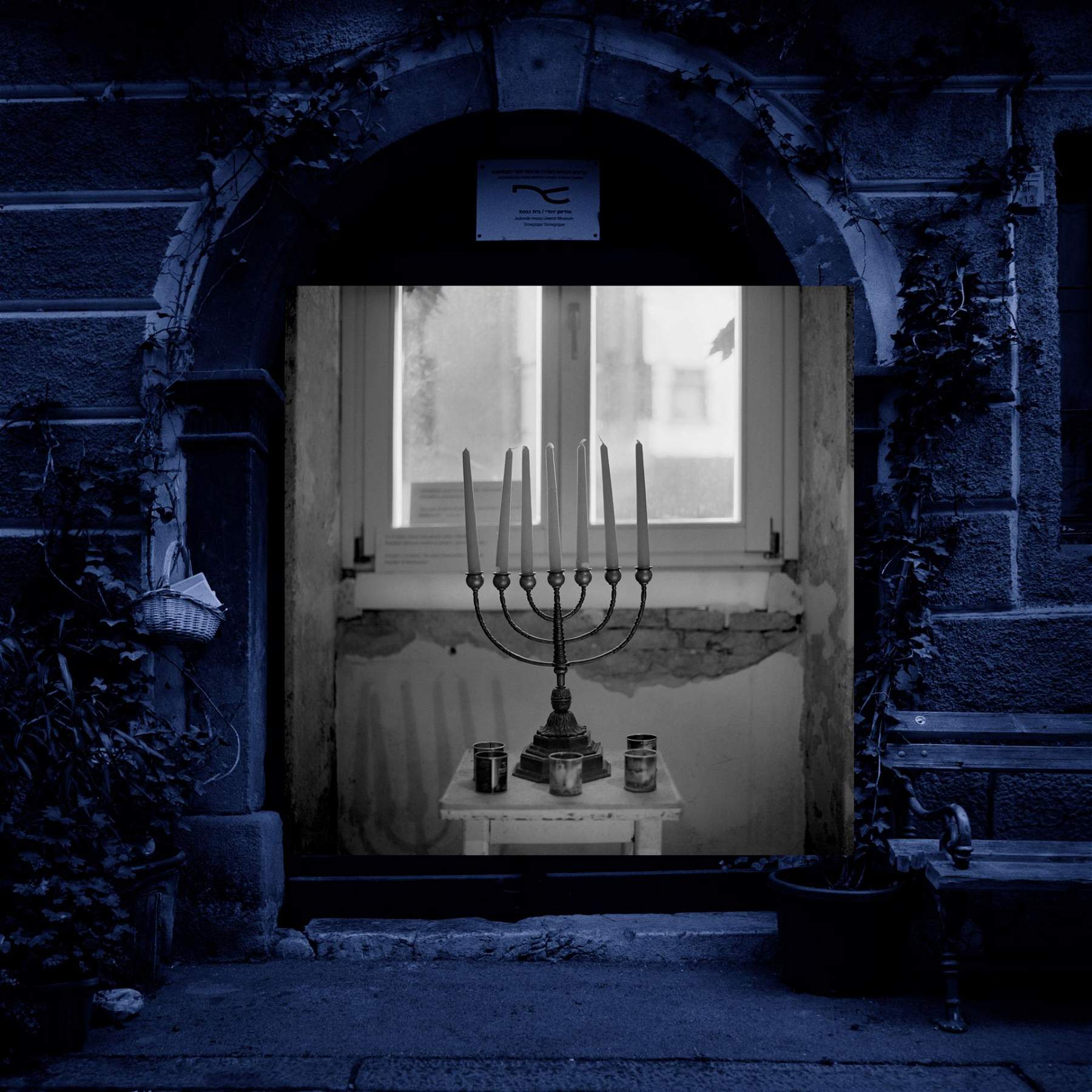From April 28 to June 11, 2023, in Reggio Emilia, the Binario49 space hosts the exhibition a ribbon and prayer - from secular spaces to sacred places, a photographic project by Massimiliano Camellini (Venice, 1964) curated by Andrea Tinterri and Benedetta Incerti. The review reveals the cultural and social transformation of places formerly dedicated to work, housing, commerce and leisure into places of worship. Small warehouses, industrial warehouses, workshops, farms: buildings forced to cease their activities due to changing economic and social paradigms, have been “redeemed” by religious communities (often composed of migrants) who have transformed them into places of prayer, giving them a new light and a new perspective. Andrea Tinterri describes it as “a process that leaves room for a complex debate, about the scars of capitalism and the West being occupied, as if they were physical chasms, by religious communities, almost always non-European. [...] The dimension of labor is a spectrum that appears in the form of details, remnants on the walls, the very configuration of ceilings, floors. Where before there was a workbench now materializes an altar laden with symbols and objects necessary for the ritual.”
Massimiliano Camellini’s photographic investigation has touched all religious denominations, from Hinduism to Catholicism, from Evangelical to Pentecostal churches, from Islam to Sikhism, from Shintoism to Buddhism and many others. His camera unveils small worlds invisible to most: a Hindu temple behind the uninviting premises of an abandoned warehouse; pairs of shoes carefully lined up at the entrance to a Muslim prayer room in a former industrial building; the richly decorated iconostasis and brass chandelier of a Moldavian church behind the shutters of a former butcher shop; the spacious prayer rooms of Pentecostal congregations and their cool aesthetic functionality. The photographic project, begun in 2017, at the moment primarily European but with the goal of extending to all continents in the near future, gives a representation of all existing religions on the planet in order to hopefully carry out anthropological research through images on the evolution of common spaces and objects into places of worship.
Theribbon (ribbon) evokes at the same time both those objects that in ancient cultures are used to adorn sacred places to evoke memory and faith, and the cloth or curtain, often visible in the images, that metaphorically are able to transform a “pagan” place into a sacred one. The same exhibition site Binario49 appears as a border place (evolved from commercial to cultural) but also a symbol of social redemption, so much so that in 2019 Sebastião Salgado chose it for the first Italian stage of his “Africa” project. The darkness that envelops the images and their installations leads the viewer toprayer (prayer) and suggests the beginning of another story.
The series is presented through pairs of images for each place: a background image showing the external appearance (and the past) of the structure, veered by the “guiding” color of the relative faith, and another image, framed by the first or displayed as an altar in front of it, revealing the interior (and the present) where precisely “a ribbon and a prayer” have rewritten the appearance of these places while changing their function. As Veronica della Dora writes in her essay , Invisible Visibilities, Visible Invisibilities: Reflections on the Infrasecular included in the Handbook of the Geographies of Religion (edited by L. Kong et al., New York: Springer), “What strikes me in these images are the unexpected juxtapositions between the diverse, sometimes even exotic, and manicured interiors of the buildings and their dingy and anonymous exteriors. [...] Devoid of people and action, in Camellini’s photographs, these spaces are enveloped in a kind of silent, ghostly quality. They emerge from the dark background like X-ray scans or infrared images that reveal a latent or forgotten layer of society. ’Infra” is not only about the middle ground and interstitiality. It is also about the invisibility of underground structures normally hidden from the gaze." A ribbon and prayer was exhibited for the first time in 2022 at La Toletta Event Space (Venice), under the artistic direction of Michele Alassio, as part of a prestigious photographic review of international authors.
Massimiliano Camellini approached research photography in the 1990s. Since 2001 he has been creating projects consisting of series of works dedicated to universal themes, accompanied by their respective editorial projects. The first series is dedicated to human instincts and dreams: they belong to this cycle Beyond the Cages (2001), I Volanti (2004), Duel (2006), New Arenas (2009), The Laboratory of Obsession (2010), 6 p.m., the time is over (2012) Beyond the Water (2016), and the latest project, a ribbon and a prayer (2022). His photos are in museum collections around the world including Museum of Fine Arts (Houston, USA), Collezione Maramotti (Reggio Emilia), Galerie Municipale du Chateau d’Eau (Toulouse, France), Musée du Strasbourg (France), Museum of Photography (Seoul, Korea), Fondazione Sandretto Re Rebaudengo (Turin).
The exhibition is open on Fridays and Saturdays from 6 to 10 p.m., Sundays from 5 to 9 p.m. April 29 and 30 hours 3 to 10 p.m. Free admission. For info: www.b49.it, email info@b49.it, phone +39 348 5889449.
Image: Massimiliano Camellini, Synagogue, Ljubljana (former residential building), 2019.
 |
| From workplaces to places of worship. Massimiliano Camellini's investigation on display. |
Warning: the translation into English of the original Italian article was created using automatic tools. We undertake to review all articles, but we do not guarantee the total absence of inaccuracies in the translation due to the program. You can find the original by clicking on the ITA button. If you find any mistake,please contact us.